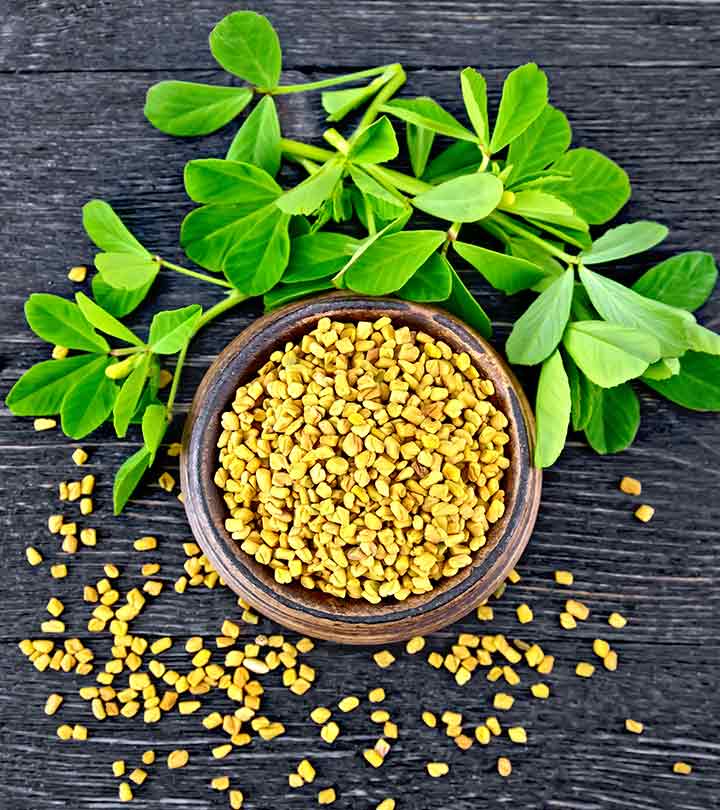
Kasuri Methi is an ancient spice that is popular in the subcontinent of India. They are dried fenugreek leaves that are used to add flavor and aroma to many famous Indian dishes. This herb is added to North Indian delicacies like Paneer Butter Masala, Paneer Lababdar, Tandoori Gobhi, and many more.
These leaves are versatile; meaning to say that fresh fenugreek leaves can also be used. Its seeds are also used while cooking – they are yellow amber-colored seeds with a bitter aftertaste. These leaves taste a little earthy, grassy, and slightly sweet in the first two bites which get a little bitter by the end. However it may taste, these seeds are a power bank of health benefits.
Health Benefits of Kasuri Methi
In the ancient medicinal system, Ayurveda, Kasuri Methi is widely known for its medicinal purposes. It helps in aiding digestion problems and induces labor. This proves that it has many health benefits. To add to these medicinal qualities, it is anti-diabetic, anti-carcinogenic, antibacterial, antioxidant, and anti-fungal.
Let’s discuss some of its medicinal qualities in detail.
- Helps With Gastro-Intestinal Problems:Kasuri methi contains antioxidants that help in improving digestion problems and thus reduce the chances of several severe gastrointestinal problems. Kasuri Methi is very fibrous and thus helps to ease constipation. Regular consumption of Kasuri Methi will help in preventing problems like intestinal inflammation, diarrhea, and irritable bowel syndrome.
- Rich Source of Micro Nutrients:Fresh fenugreek leaves are filled with vitamin C, but intense drying of these leaves leads to its loss. This is because vitamin C is a volatile nutrient that loses its quality when it comes in contact with air and sunlight. Calcium and iron are not lost while drying. As we all know, calcium is needed to build strong bones and on the other hand, it helps in maintaining our hemoglobin levels.
- Controls Diabetes:Kasuri Methi helps in controlling the levels of glucose in your body. Regular intake of Kasuri Methi in the form of curries, dals, and gravies can help in treating type II diabetes. Due to the fiber content present in it, it helps in the function of the levels of insulin in diabetic people. It also helps carbohydrate tolerance in diabetic people as their bodies cannot metabolize carbohydrates easily.
- Prevents Skin Diseases:Kasuri methi is rich in antioxidants, consuming it regularly will greatly prevent free radical damage which will protect your skin from premature aging. Since it is also rich in vitamins and minerals, it helps in providing a natural and fresh glow to our skin. Kasuri Methi can also be applied as a pack externally. With the consumption of Kasuri Methi, skin blemishes reduce and prevent the skin from problems like eczema.
- Helps With Respiratory Problems:Kasuri Methi is especially used to keep respiratory problems away during winders. It cures allergies and congestions in the respiratory tract. This herb maintains the level of mucus in the body and thus prevents the boy from undergoing severe respiratory diseases.
Kasuri methi is to be stored in an air-tight container so that the moisture doesn’t seep in. It should be kept in a dry, cool, and dark place. If you follow these points, your homemade or store-bought Kasuri Methi can have a shelf life of up to 6 months or more.

